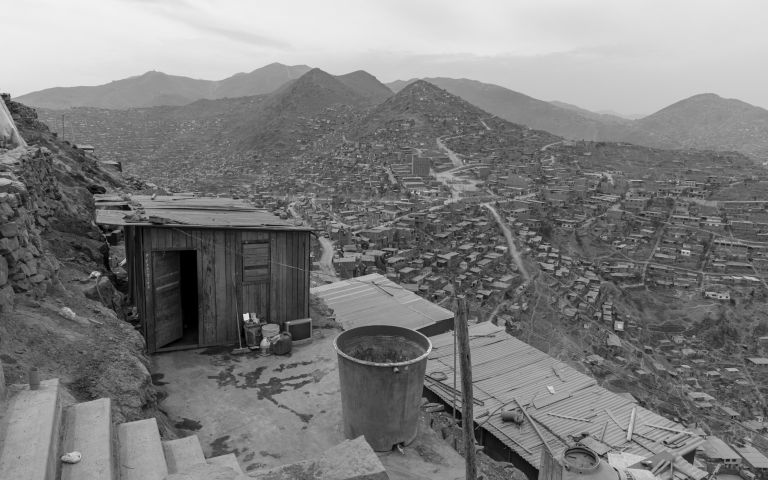Difficulty in water access renders vulnerable communities defenseless against a high-risk situation like the COVID-19 outbreak.
According to UN data, Peru is amongst the 20 countries with more water resources, yet the reality is that between 7 and 8 million people (almost a third of the country’s population) have no drinking water or sewage services. Lima is the second biggest capital city located in a desert and rain amounts to just 9 mm per year. The Rímac River is its main water source (74.5%) but is also one of the most polluted watersheds in Peru.
Due to internal migration, the city grew outwards from the river, into even more arid zones. Entire communities settled in the sand dunes, where they obtain water through tank trucks, paying sometimes double or triple the average local price. And this situation has rapidly worsened due to the global COVID-19 emergency and the local measures to prevent its spread.
This project will document the struggles and precarious solutions that the most affected population is finding to survive the emergency. Creating a multimedia reportage that highlights the problem of water access in the context of the pandemic, as one of the most important issues that both Peru and the global community will have to face.


